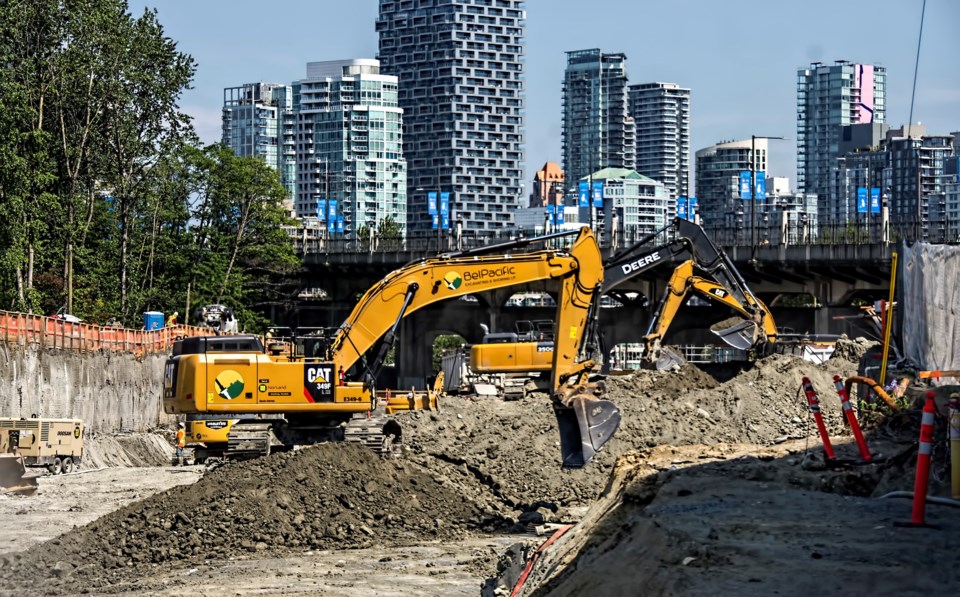The Squamish Nation is working to protect renters through a first-of-its-kind system that applies to select housing developments on reserve lands, as well as the Sen虛á岣祑 development in 91原创.
The Nation will be incorporating the British Columbia Residential Tenancy Act (BCRTA) into their on-reserve developments through Ottawa’s First Nations Commercial and Industrial Development Act (FNCIDA), the Nation announced July 6.
Wilson Williams, an elected councillor speaking on behalf of the Squamish Nation, said the addition of these rental protections are important.
“It just shows all the hard work and all the relationship building … the spirit of reconciliation and our Indigenous peoples having a voice, but also having control on what we do on our reserve lands. [It will add] some control and comfort for residents that will be there and are adapting to today's world,” Williams said in an interview.
The average rent in B.C. is $1,492 per month, while 91原创 sits at $1,658, according to the most recent data released by the 91原创 Rental Housing Index (CRHI).
On Squamish reserve land, the BCRTA will include protections such as maximum allowable rent increases, maintenance of properties and protection against unfair evictions, according to the Nation.
In addition, there will be a first-in-Canada Indigenous-led approach to dispute resolution. This will be informed by Squamish culture, heritage and traditions.
Of all Indigenous renters in B.C., 12 per cent spend more than 50 per cent of their income on rent and utilities, with 35 per cent spending over 30 per cent, according to CHRI data. The Canada Mortgage and Housing Corp. defines affordable housing as when costs are below 30 per cent of a household's before-tax income.
This means almost 50 per cent of Indigenous renters live in unaffordable conditions.
“This is the first time FNCIDA has been applied to rental developments on reserve in B.C. We support the goals of the Squamish Nation, and the use of FNCIDA to support new affordable housing projects and important protections for tenants and landlords.鈥疻e are optimistic that this agreement will encourage other First Nations to seek partnerships in similar ways,” said B.C. Minister of Indigenous Relations and Reconciliation Murray Rankin in a statement.
Not only will these protections be available for Sen虛á岣祑, the largest First Nations economic development project in 91原创 history, but other Indigenous developments as well.
Indigenous and non-Indigenous renters in three North 91原创 affordable housing developments will have access to protections. These include Estítkw Place at Capilano Road, Eskékxwi7ch tl’a Sp’á岣祑’us Place at Government Road and Chenkw Em虛 út at Mathias Road.
These developments are all managed by Hiy虛 ám Housing.
“We are this smoke signal to make sure our people comprehend and are educated on what we've just done. It's very exciting, but it's been a lot of work to get here,” Williams said.
“There's still a lot of work to do, but this is one major breakthrough that we've had as a nation to really work with the provincial and federal government.”



